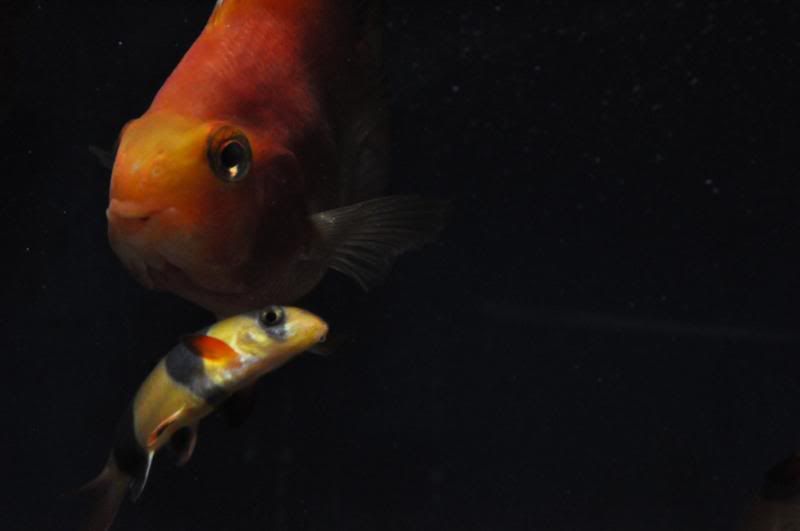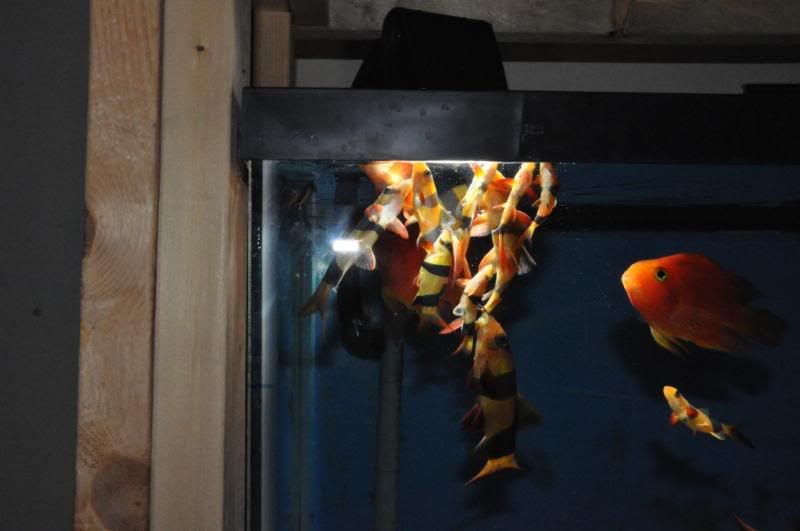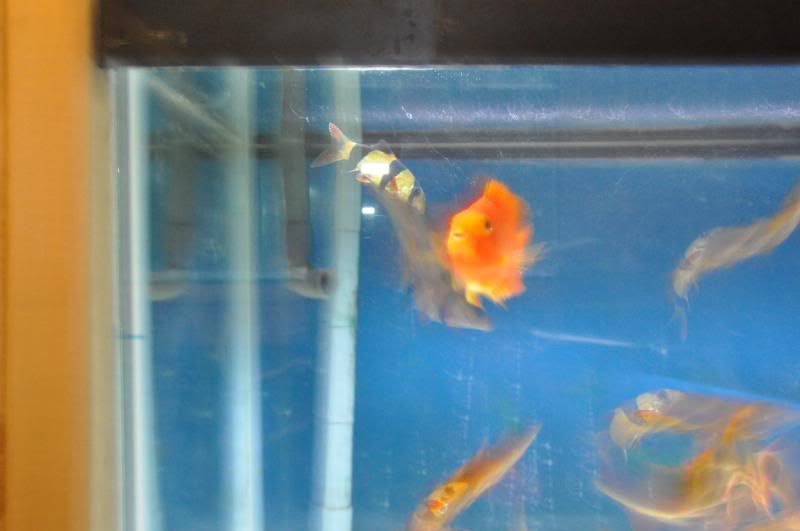Red Samurai
New Member
Gerry- how do you get the background to go black when you take your pics . I know you use a flash on top of the aquarium but how many do you use? I am borrowing my uncle's Nikon D90 with sb600 flash overhead and I cant make the fish stand out in the black background like you do. I'm testing this camera out before I buy my own Nikon D90.
. I know you use a flash on top of the aquarium but how many do you use? I am borrowing my uncle's Nikon D90 with sb600 flash overhead and I cant make the fish stand out in the black background like you do. I'm testing this camera out before I buy my own Nikon D90.
I've played around with the aperture and shutterspeed and still cant get that contrast that you get. Is it in the lens? I'm using 18-105mm I also have access to the 70-300mm. I'm so confused!!! Help me Obi wan!
I've played around with the aperture and shutterspeed and still cant get that contrast that you get. Is it in the lens? I'm using 18-105mm I also have access to the 70-300mm. I'm so confused!!! Help me Obi wan!




